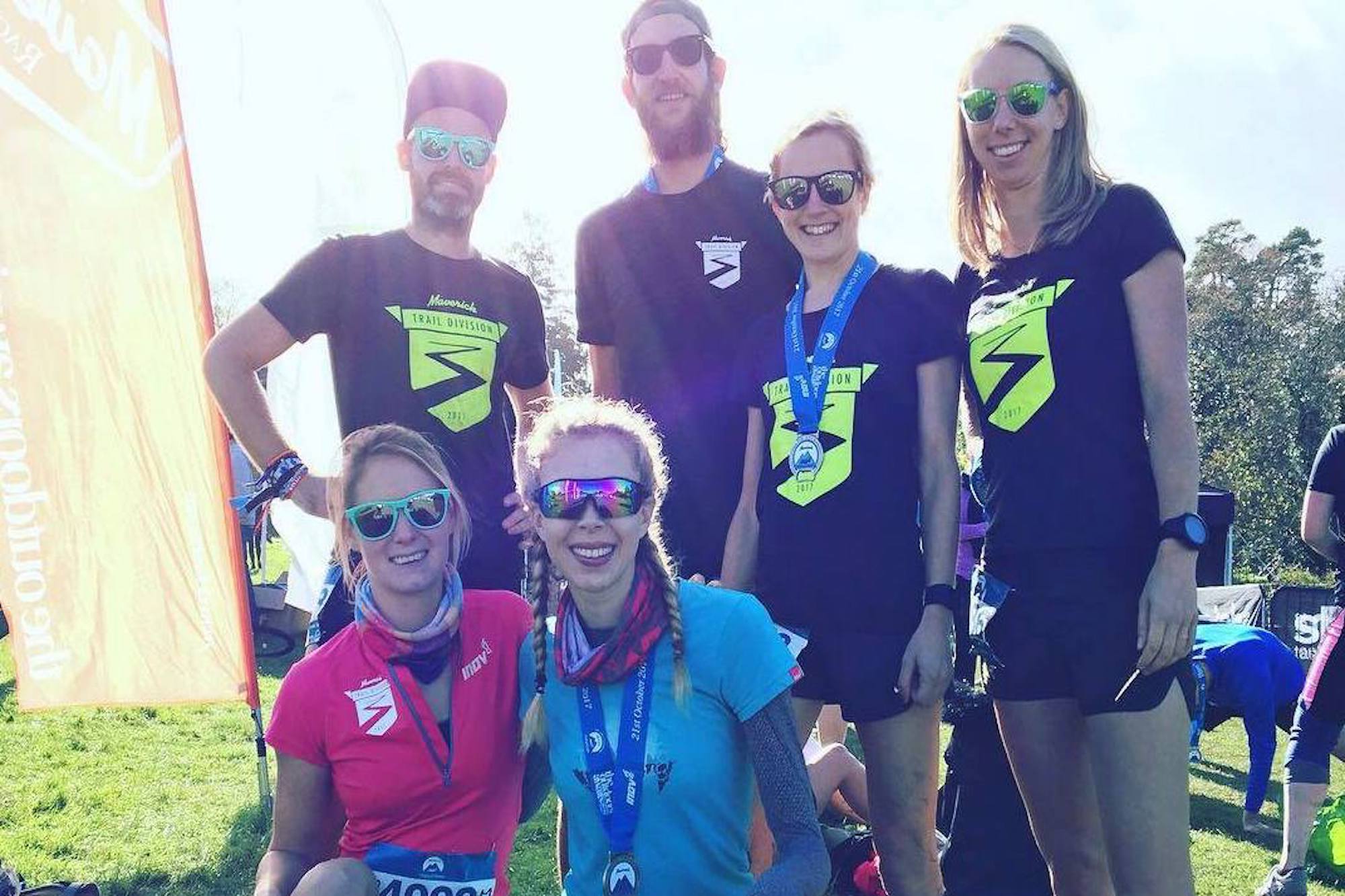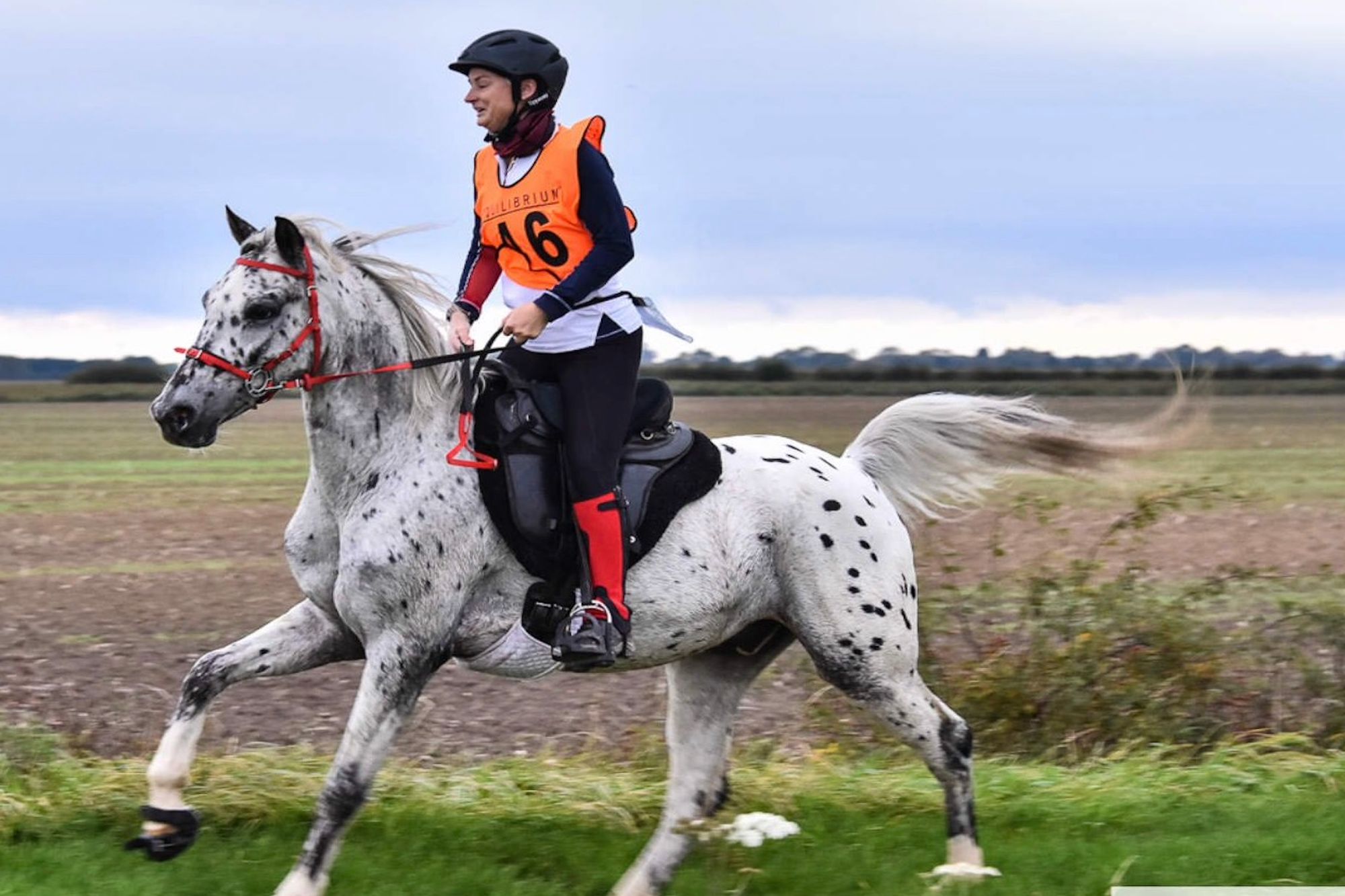So, you’ve signed up to do a marathon? There’s a huge number of training plans out there and by now, you’ll probably have decided on which one to follow. If you haven’t found one yet, try the London Marathon sponsor https://www.tcslondonmarathon.com.
26.2 miles is a long way though, and you’re certain to have all kinds of questions about training and the big day itself. Well you’re in luck, because between us, the Runderwear team have run a LOT of marathons and even ultra-marathons! So we thought we’d share some tips we’ve learnt over the years…
TIP 1
Take two plastic bags with you to wrap around your feet at the start. Most marathons start fairly early and as you walk across that dew-laden grass to visit the loo for the umpteenth time… Well, you’re going to be wearing wet trainers for the next 26.2 hours.
TIP 2
Practice taking gels in just a couple of your longer training runs, to make sure your tummy can handle them.
TIP 3
Try going without water or gels as much as you can whilst training, as this will increase the training effect on your body. Most people should be able to run for around 60 minutes before needing to sip on some liquid. This depends of course on your level of hydration before running and the weather/temperature. As you train, you’re basically forcing your muscles and aerobic/cardiovascular system to be more efficient when running. If you keep giving them all the energy they need during, you may not be working them as hard as if they went without until the end of your run.
TIP 4
Change your trainers up. Trainers are expensive these day but there’s a school of thought that says wearing different shoes can help avoid injury. By wearing a combination of flatter and more structured shoes, you’ll be changing your running style very slightly and so not repeatedly hitting the same muscles, ligaments and joints with every run.
TIP 5
Try beetroot juice! It’s been said that this wonder juice increases the levels of nitrate (converted to nitrite once consumed) in the blood, opening capillaries and so helping blood (and more importantly oxygen) to travel around the body.
TIP 6
Joining a running club can really help motivate you to get out on those cold windy evenings. Many people find that they push themselves a little harder in a group or with a coach. Miles pass a lot more quickly when you’re having a chat than counting them down on your own!
TIP 7
Don’t overly stress about weekly mileage. Many training plans state specific weekly or daily mileage targets which can be hard to fit in and can get stressful trying to accommodate. Time on feet can be just as important, so running for 2hrs rather than 15 miles.
TIP 8
Mix up your training. In general, most plans will begin by building your aerobic base – your ability to run for a long period of time. However, you’ll also want to improve your speed endurance – your ability to run faster, longer. Rather than doing every run at the same place, try including a progressive run where you start slower a gradually make each mile faster than the last. Or a speed session with a warm up, 8x 1k repeats and a warm down.
TIP 9
The two most important training runs are your mid-week MLR (medium long run - 10-14 miles) and your long run (15-22 miles), which a lot of people do on a Sunday.
TIP 10
Rest up! Your rest days are when the body repairs itself after the stresses of training. It's this rear that builds improvements, to make sure you allow yourself the correct time to recover.



Leave a comment
All comments are moderated before being published.
This site is protected by hCaptcha and the hCaptcha Privacy Policy and Terms of Service apply.